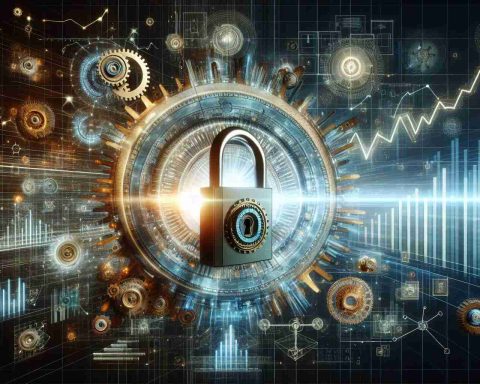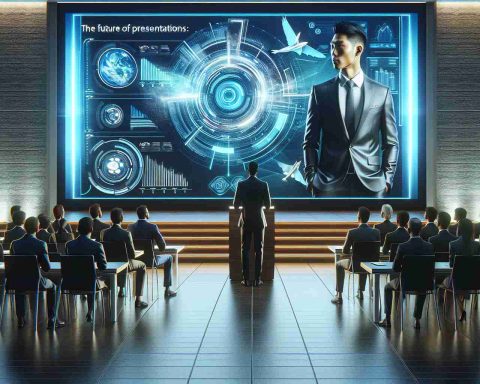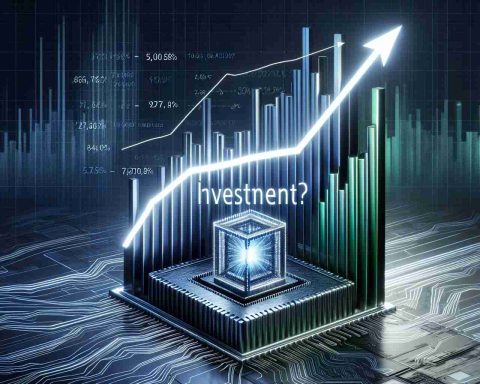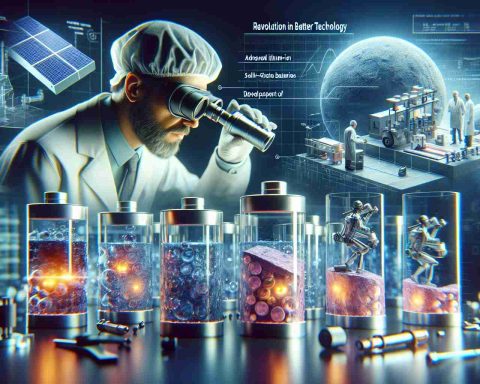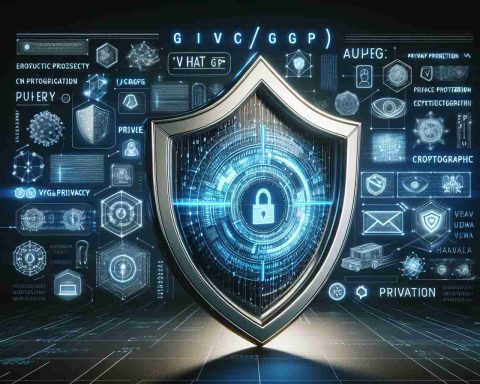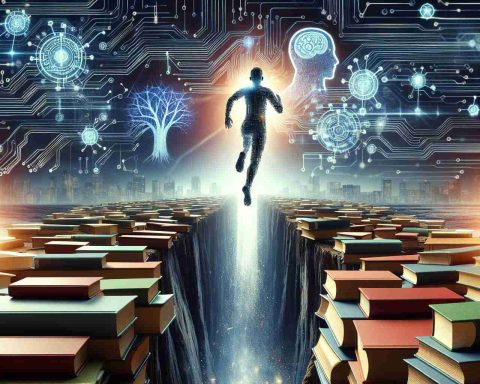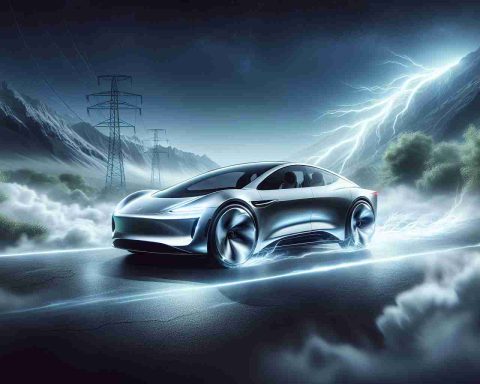Amidst the increasing energy demands of data centers, major tech companies like Microsoft, Google, and Amazon are turning to nuclear energy as a sustainable solution. In a historic move, an old nuclear plant in Londonderry, Pennsylvania, is set to be revived as a power source for Microsoft’s operations. After being shut down in 2019, the Three Mile Island reactor will begin generating electricity again as part of a long-term agreement that will span the next two decades.
This decision comes at a time when artificial intelligence development is skyrocketing. The energy consumption required to power AI technologies is immense, raising concerns about sustainability and the carbon footprint of data-intensive operations. The International Energy Agency predicts that by 2026, the global energy consumption of data centers will more than double, emphasizing the urgent need for clean energy alternatives.
In addition to Three Mile Island, other tech giants are exploring similar strategies. Amazon has acquired a data center near a different old reactor, while companies like Alphabet are investing in advanced nuclear technologies. These new designs include smaller, innovative reactors that utilize safer cooling methods and efficient fuel to reduce the risk of accidents.
Despite these moves towards a nuclear renaissance, challenges remain. The risks associated with nuclear power, as well as the slow regulatory approval process for new technologies, pose significant hurdles to realization. Nonetheless, the push for clean, reliable energy sources continues as these tech leaders seek to address their growing power needs.
Harnessing Energy: Tips, Life Hacks, and Insights on Sustainable Tech
As major tech companies like Microsoft, Google, and Amazon shift towards nuclear energy to meet their increasing energy demands, there are a plethora of tips, life hacks, and interesting facts that can help individuals and organizations better understand and engage with the evolving energy landscape. Here are some useful insights:
1. Understand Your Energy Consumption
Before making any changes, assess your current energy usage. Use smart meters or energy monitoring tools to track where you consume the most electricity. This allows you to make informed decisions about potential energy savings.
2. Embrace Energy-Efficient Practices
Consider adopting energy-efficient habits in your daily life. Simple actions like turning off devices when not in use, using energy-saving settings on appliances, and switching to LED lighting can significantly reduce your energy footprint.
3. Stay Informed About Clean Energy Options
As the nuclear energy sector evolves, it’s important to stay updated on new technologies and alternatives. Research the differences between various energy sources, such as geothermal, solar, wind, and nuclear, to make informed decisions about your energy choices. Sources like Nuclear Regulatory Commission can be helpful.
4. Explore Renewable Energy Incentives
Many governments offer incentives for adopting renewable energy solutions. Investigate available tax credits, grants, or rebates for solar panel installation or upgrading to energy-efficient appliances.
5. Advocate for Sustainable Policies
Engage with local policymakers to support initiatives that promote clean energy investments. Civic engagement can help accelerate the transition to sustainable alternatives in your community.
6. Learn About Nuclear Energy’s Role in AI Development
Artificial intelligence (AI) is a key driver of increased energy consumption. Understanding how nuclear energy can power AI growth sustainably is essential as its applications continue to expand. Resources like the International Energy Agency can strengthen your knowledge on this subject.
7. Investigate Shared Energy Resources
Consider participating in community energy programs or co-ops that invest in renewable energy sources together. This can help lower individual costs while boosting local clean energy production.
8. Prioritize Safety and Awareness
With the adoption of nuclear energy, it’s essential to prioritize safety and stay educated about nuclear power advancements. Organizations like the World Nuclear Association provide valuable information on safety practices and technological improvements.
9. Be Prepared for Future Changes
The energy landscape is rapidly evolving. Prepare for changes by staying flexible and adaptive in your energy consumption practices. This includes being open to new technologies and methods for reducing environmental impacts.
10. Network and Share Knowledge
Join online forums or local groups focused on sustainability and renewable energy. Sharing knowledge and experiences can inspire innovative ideas and collective actions towards energy efficiency.
In conclusion, as the world leans more towards sustainable energy solutions, understanding and adapting to these changes can help not just individuals but also communities thrive. Embrace the shift towards nuclear energy and other renewable resources to contribute to a more sustainable future. For more information on the clean energy movement, visit U.S. Department of Energy.


